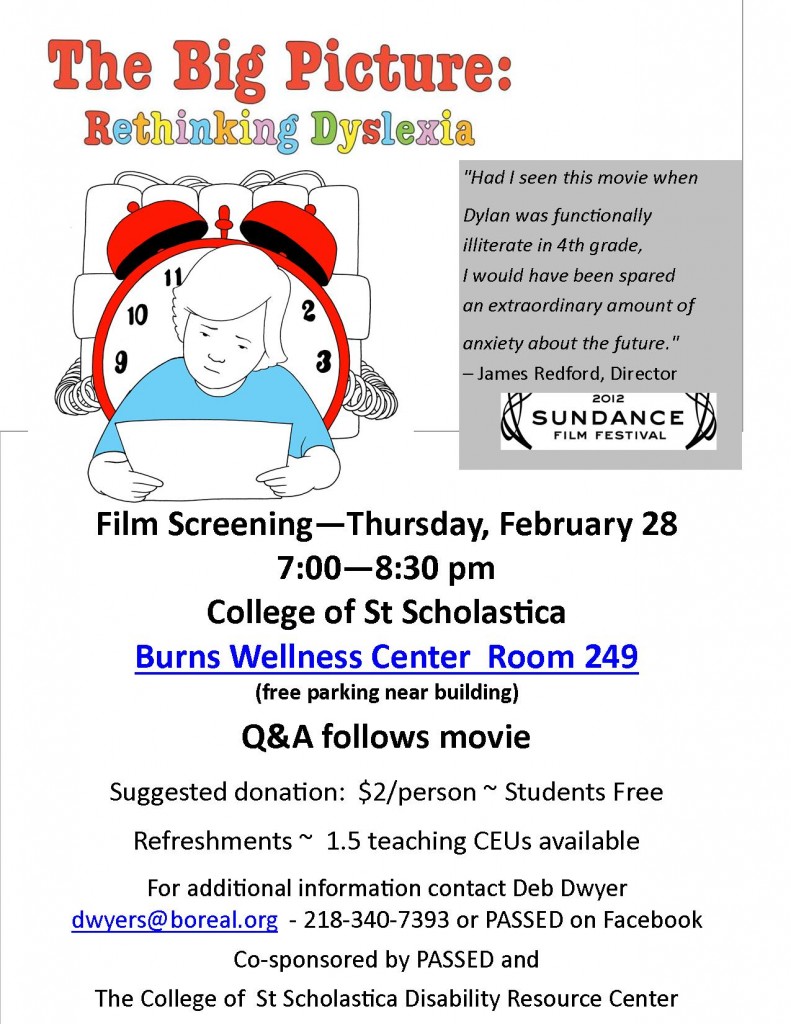Orton-Gillingham methods build strong, confident readers. If your child is struggling in school, consider working with an Orton-Gillingham tutor over the summer to help them build reading confidence and a lifetime love of learning. Don’t let them struggle for years. Signs that a child will struggle with reading are evident in kindergarten.
The sequential part of Orton-Gillingham teaches reading skills in a direct, systematic, orderly way and including: phonemic awareness, letter recognition, concepts of print, sound/symbol relationship, word reading and spelling, syllables, fluency skills, vocabulary, and comprehension. When a child struggles with fluency, usually one of the more fundamental building blocks, listed above, is weak. Fluency involves the pace and accuracy of reading and prosody. Prosody is the expression, volume, phrasing and smoothness.
Minnesota has adopted Read Well by 3rd Grade, but most of us don’t know what that means. We read to comprehend information, but before we do that reading fluency is key and before that, other building blocks. Today, in many of our schools children’s fluency is measured by giving them the same three grade level passages multiple times over the year and having a child read each for one minute. A recorder marks the errors a student makes and indicates the number of words the child read. Sometimes comprehensions is tested by having the student retell the story…. but that is a different conversation. Most research expect that a third grade child should begin the year reading grade level material at a rate of 70 or more words per minute and end the year reading 100 or more words per minute they are considered meeting their benchmark with 95% – 97% accuracy, respectively. The numbers for the rate of reading represent the 50th percentile. If a students falls below the midpoint they should be receiving additional intentional support in the area that they have demonstrated a weakness in that comes before fluency on the continuum of learning to read. If your child is not meeting the midpoint by the end of third grade, fourth grade will be significantly more challenging than previous years. I could argue that for some students meeting the middle is even too lower of a threshold.
I’m happy to talk with any family about reading, if I can’t help you, I can often direct you to someone that can. Please feel free to call me at 218-340-7393.




